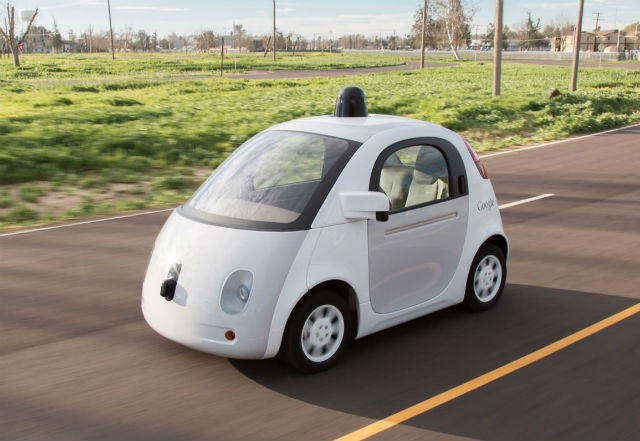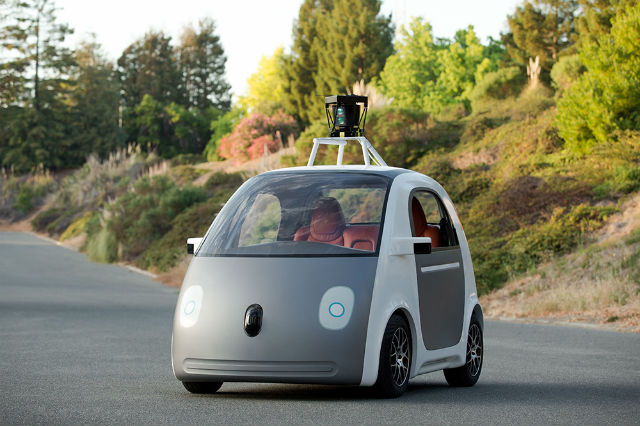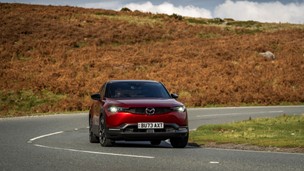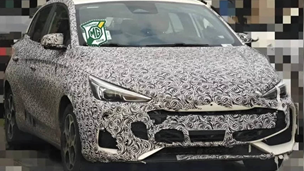Google has announced that its upcoming self-driving cars will be specifically programmed to recognise and drive more carefully around children.
The tech giant released a statement last week, which revealed that it has been busy tweaking its autonomous software to help protect younger and more vulnerable pedestrians.
Taking inspiration from the firm’s annual employee Halloween party, Google programmers asked their families to get up close and personal with the cars to give their sensors “extra practice”.
According to the programmers, the idea was to help the cars calibrate themselves to recognise children of all shapes and sizes, even when they’re dressed up in odd Halloween costumes.

When the car’s sensors detect children nearby, the software recognises that younger pedestrians may be more prone to behave unpredictably and suddenly dart across the road.
The vehicles’ systems can even sense when young pedestrians are obscured behind cars, and slows its speed when around children to help prevent accidents.
In a statement, Google said: “So even if our cars can’t quite appreciate the effort the kids put in dressing as their favourite character from Frozen, they’re still paying full attention!”
Since the start of its self-driving car project back in 2009, Google’s autonomous cars have driven themselves for more than 1.2 million miles, with a total of 25 of its prototypes on the roads.

Piloted by an on-board computer which collects data from sensors dotted around its body, the driverless cars are constructed with a soft foam front bumper to be safer for pedestrians.
Passengers set their destination by typing it into a touchscreen map in the car’s interior, and the car then uses Google’s maps service and GPS technology to navigate its way around the roadways.
Currently, the prototype cars are restricted to speeds of only 25mph, but Google has stated that they will be ultimately faster upon their official release.



